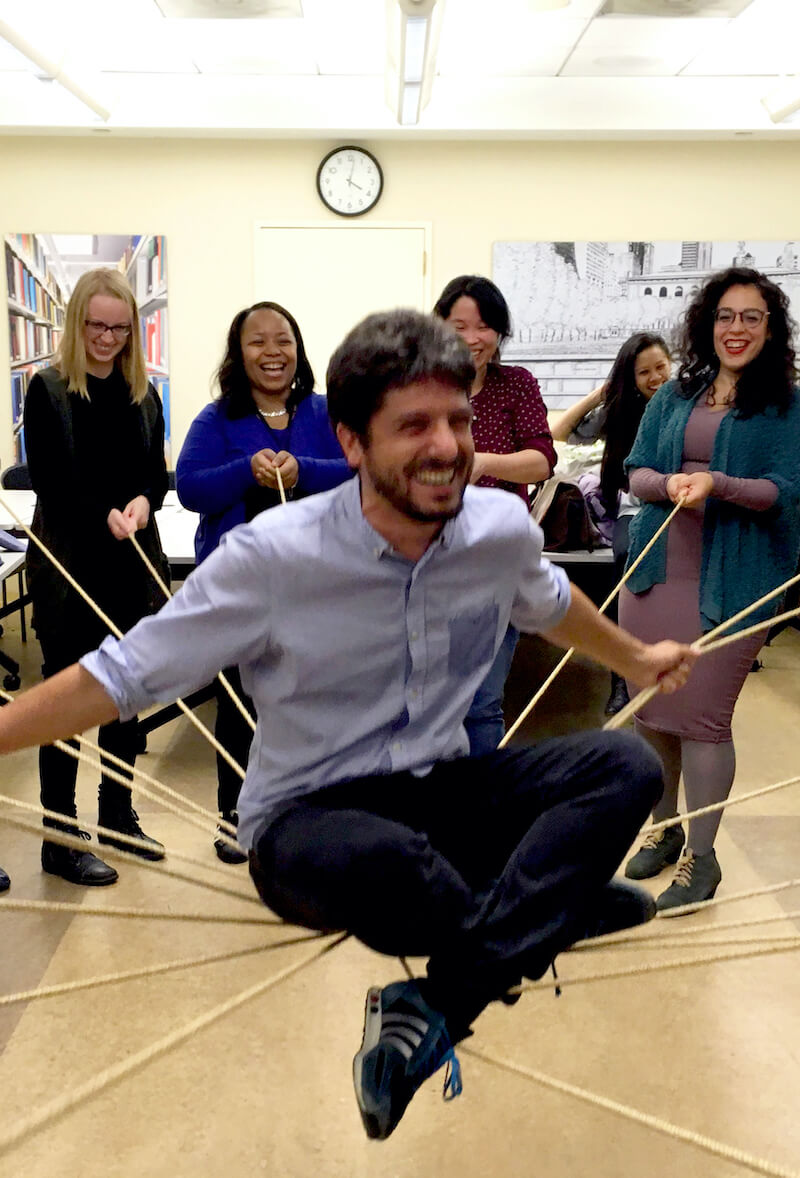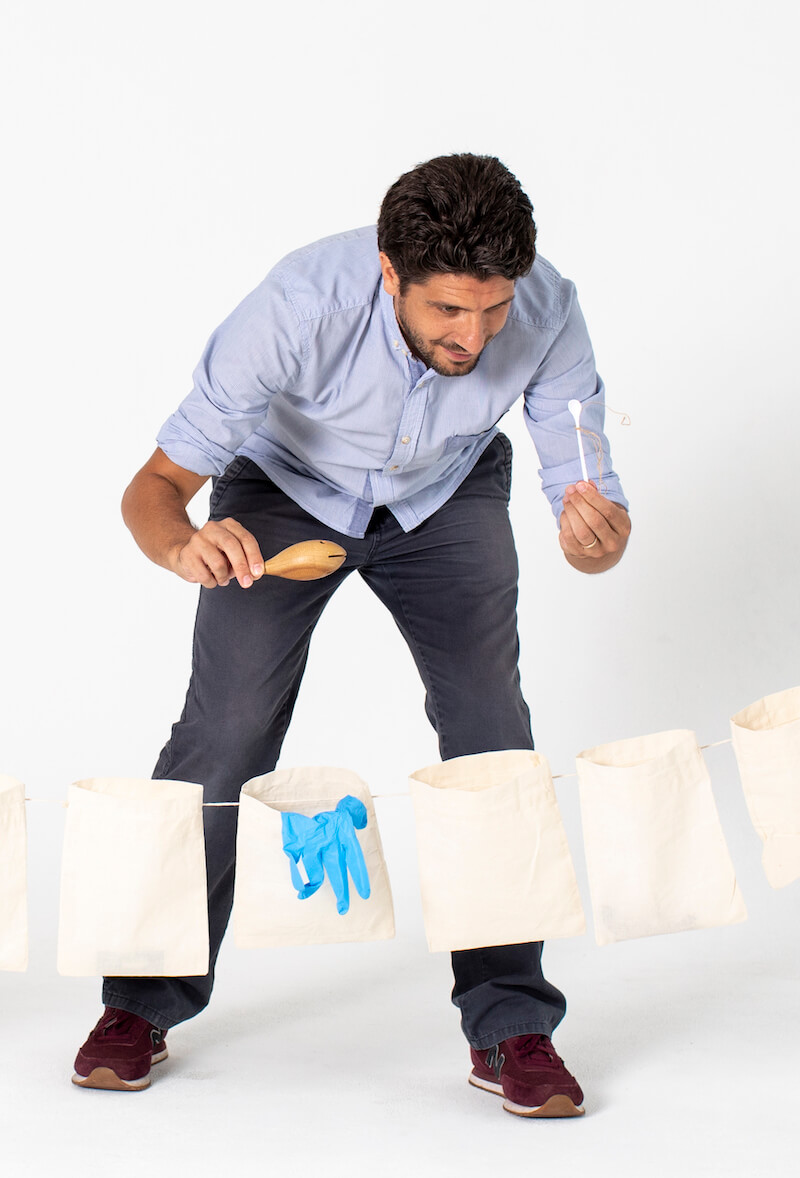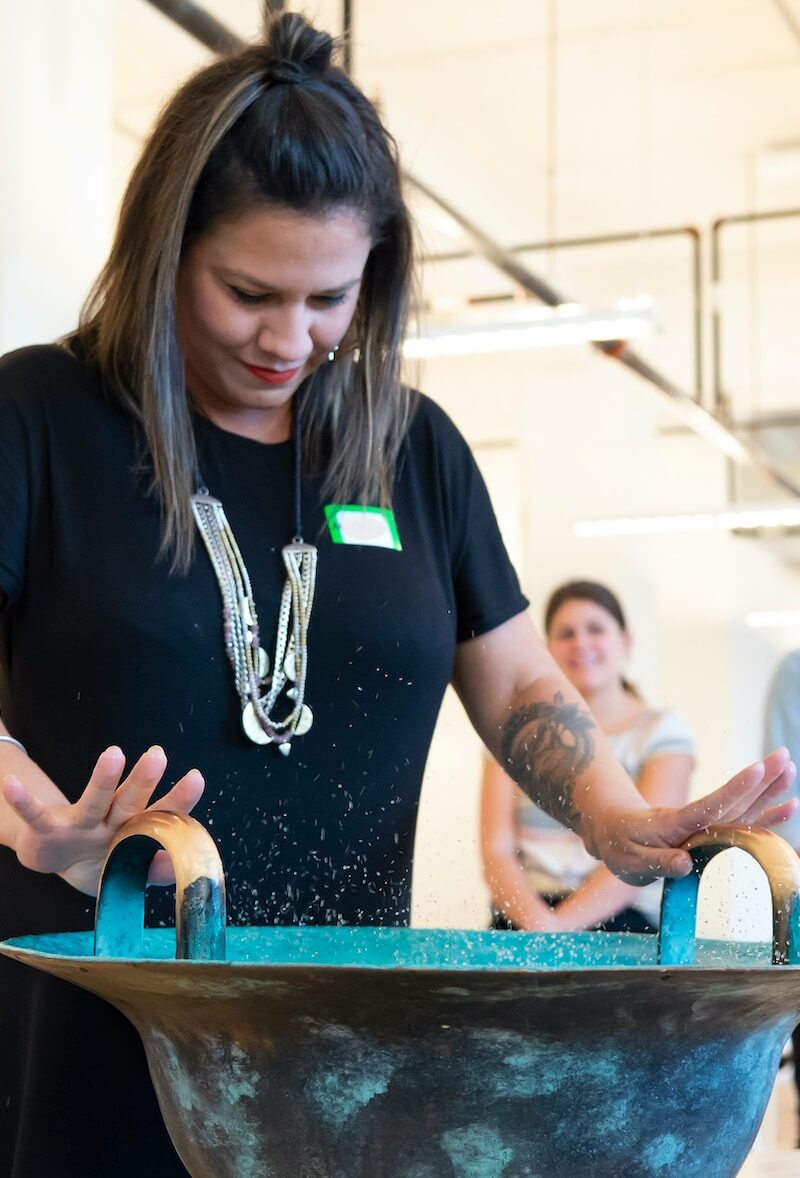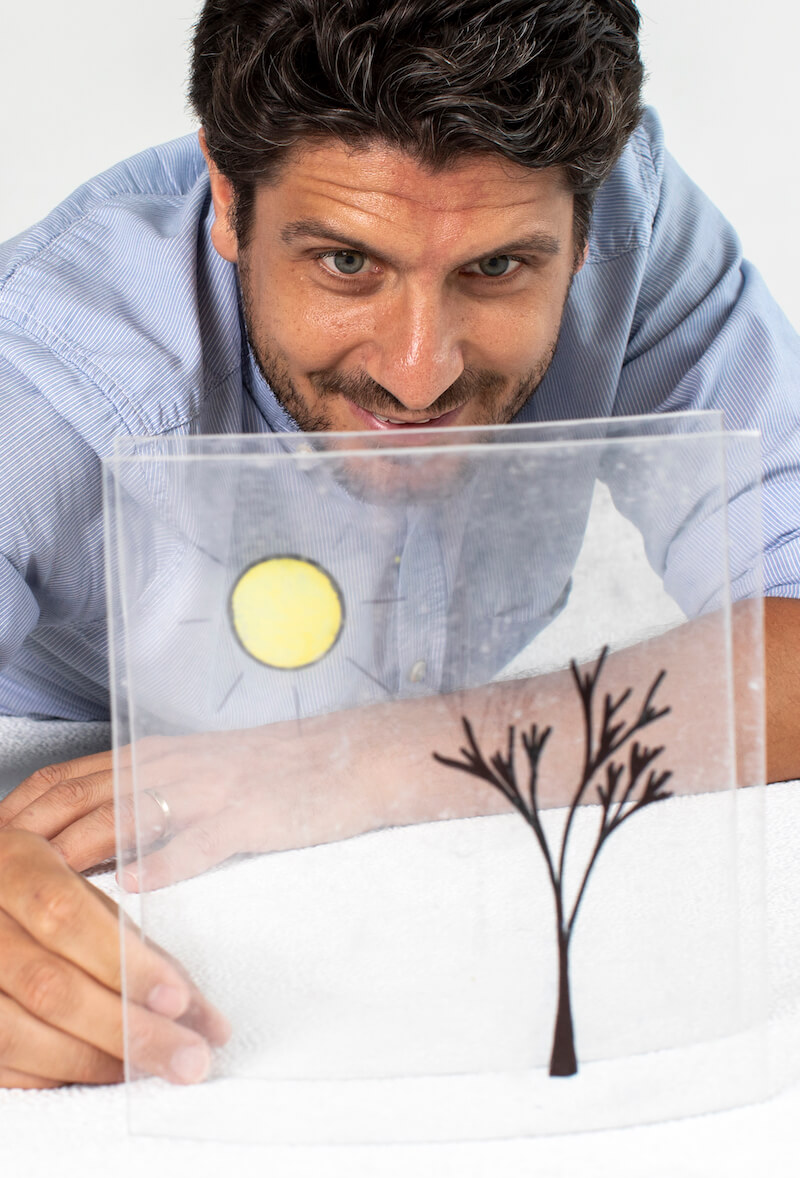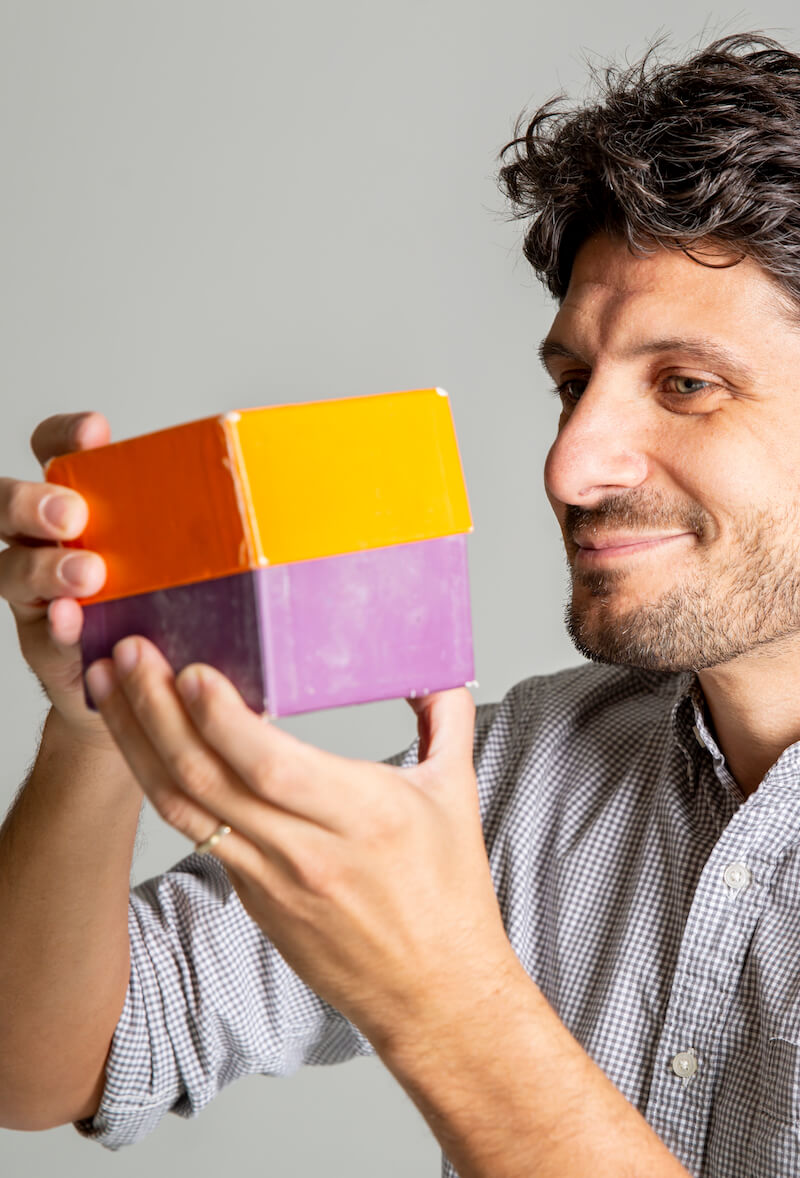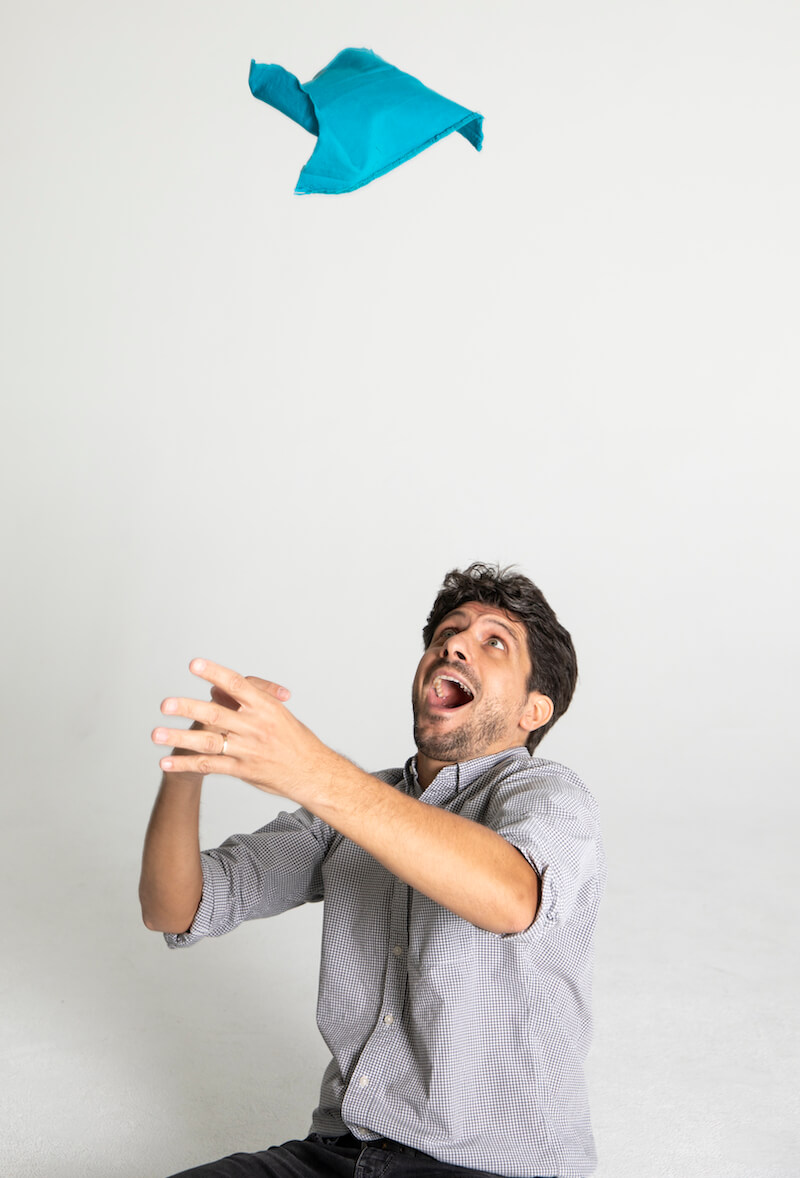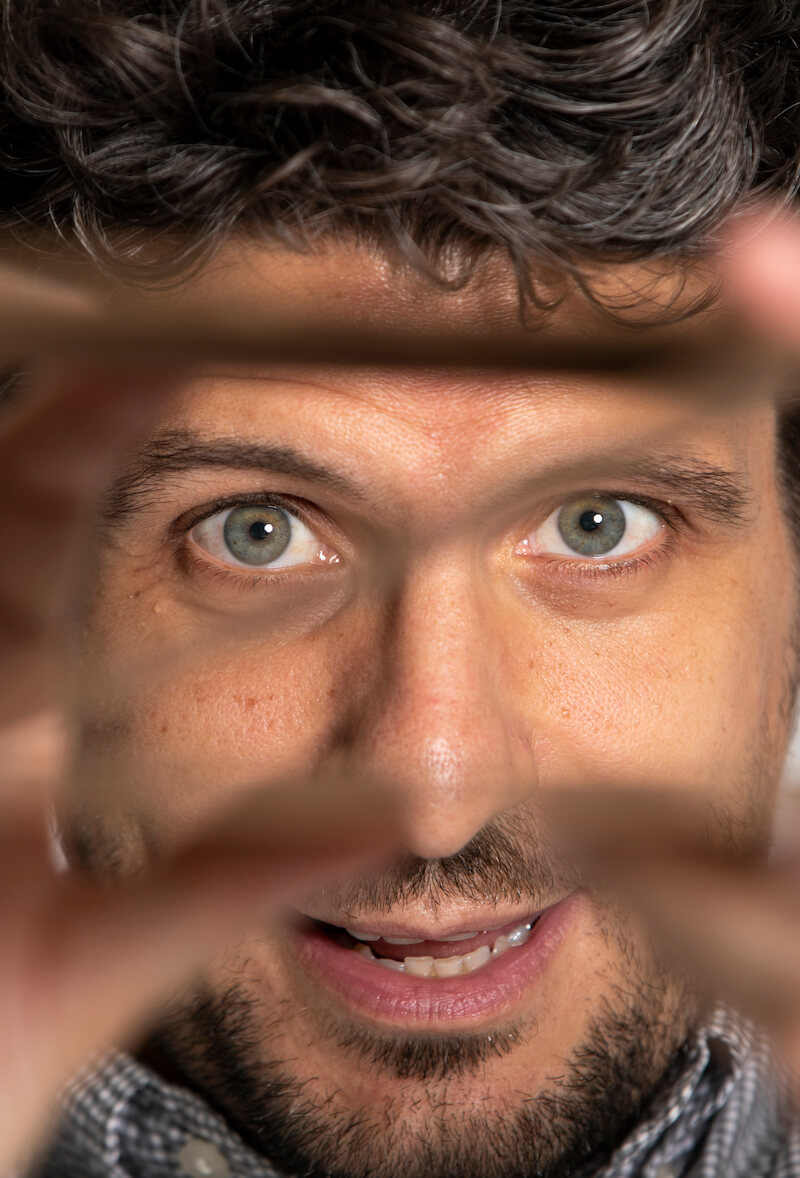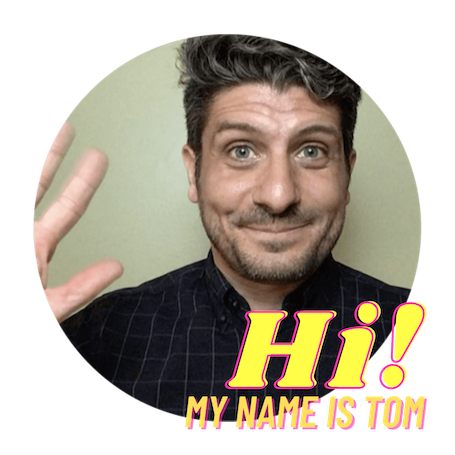Case Study: Embodied Learning for the New York Public Library
Four months with NYPL children’s librarians: Experimenting with learning environments in library branches; Discovering the body as a learner in storytime sessions; Exploring imagination and the art of inventing stories.
“Resurgent libraries turn a whisper into a roar.” As the title of a New York Times report announced in July 2016, exciting things have been happening at the New York Public Library (NYPL) and in many library systems nationwide. In particular, young children and an unimaginably large number of related adults – I’ve met dedicated, peaceful, cheerful groups of parents, grandparents, family friends, and professional caregivers in every library I visited – are the beneficiaries of these new educational services and programs.
“Longer hours, more librarians and thousands more seats for education programming” are the immediate results that NYPL President Tony Marx shared with the New York Times. Moreover, NYPL is investing in high-quality professional development for both newly hired and experienced librarians for children, because, as said by the New York Times, “Story Time at libraries in Manhattan and the Bronx is now so popular that ticket lines must be formed,” and talented, qualified library workers are the key to this success.
Kristen Aldrich, Manager of Early Childhood Education at NYPL approached me after I presented “Embodied Learning” at the New York City Early Learning Network. She had a very clear idea about the needs of NYPL young patrons and their families. Even more, Kristen knew that today’s children’s librarians have to possess the skills of an early educator, a social worker, and an artist – all at the same time – despite being extraordinary librarians already.
Kristen and her team of early literacy coordinators have been working on enhancing the skills of the “21st-century children’s librarian.” Story Time is the most popular children’s program offered by NYPL. Wisely, they saw Story Time as the trigger to developing the whole library services addressed to young patrons and their families.
The format I suggest for this kind of training includes 2 full-day intensive hands-on group sessions; one as an introduction, the other as a finale. Between the group sessions, one-to-one consultations with each participant in their branch help to analyze implementations and individual challenges. This generates motivation and appreciation among librarians.
We designed a training program that targets literacy, movement, relationship, time, pace, space, curiosity, imagination, invention, and inclusion from at least three perspectives: the child’s, the adult caregiver’s, and the librarian’s.
“Literacy comes from the body,” told me a library patron who is an ESL teacher I met while visiting the Jerome Park library.
Sensory learning is the way I’ve chosen to communicate with adults who work with children. Physical and sensorial learning experiences can help us to address complex topics such as discovery of self-awareness, consciousness of movement, building of interactions and relationships. In addition, sensory learning is the simplest way to train public service workers in “perception of time, space, and physical presence,” which I believe are the basics for a quality offering to a library audience.
Session #1: The Body as a Learner
The work with NYPL children’s librarians began with a series of sensory-play experiences that can be implemented in the current structure of a Story Time program.
I used analog, interactive sensory constructions to target children’s needs of movement, discovery, and communication, as Story Time is a program that covers literacy, healthy growth, and memorable learning experiences.
Librarians worked with selected zero budget materials to learn about setting spaces for movement and creativity and providing room for resting and reflecting. With the same materials, I improvised the setting of new stages for stories representing both the complexity and levity of simple objects and gestures once they become part of the imaginative process every story is made of.
Furthermore, experimenting with ropes, clothes hangers, packing paper, blankets, cloths, pots, water, burlap bags, and pebbles helped librarians to envision physical self-awareness as a large part of their profession, especially during their Story Time performance.
1:1 Visits: Building Literacy Through Relationship
My thirty-seven branch visits have been an extraordinary occasion to work on site-specific setting improvements, start conversations about individual challenges and goals, discover the multifaceted talents of children’s librarians, and encourage them to let these bloom during Story Time.
In the end, we noticed that fostering relationships and collaboration between caregivers and children is one of the major needs among the Story Time audience.
Talking about recreating the warm atmosphere of the ideal domestic storytime, where a parent or grandparent reads to a child who sits on her or his lap while the book takes them on a wonderful journey to imaginative worlds; or brainstorming about what kind of visual documentation could be provided to caregivers to encourage them to implement activities at home, or figuring out a way of welcoming young parents to attend Story Time together with their children instead of just dropping them off; these and other conversations about relationship and collaboration helped me to gain a clear idea about how both the Story Time program and children’s librarians work are essential services to the public.
I used all the experiences, stories, and observations I collected during the branch visits as material for the final session. Librarians and caregivers were the focus of that part of the training program.
Last October, I did a storytime for a group of preschoolers. It was their first visit of the school year and I had never met these kids before. My storytimes are usually high energy with lots of movement and songs. I remember you asked me why I needed so much energy in my storytimes and I confessed that I felt inadequate without.
This group of kids were super energetic and getting crazier and crazier. And I was getting more and more tired. Then I remembered what you said about calming overstimulated kids with their senses and using stories outside of books.
So I gave everyone a colorful scarf and told them that their scarf was tired from all the fun activities. I asked them to lay the scarf open on their outstretched lap and help their scarf fall asleep. I told everyone to pet the scarf gently and feel the scratchy fabric and speak quietly to their scarves. I could not believe how well it worked!! The kids calmed down immediately and were focused on touching the fabric of their scarves. I ended the storytime quietly and the class went back to school, calmly and quietly. Considering how energetic they were earlier, this was a miracle.
I definitely feel like your workshop helped me in my moment of chaos. Thank you so much for all that you do and I’m slowly looking for more ways to incorporate your style of storytelling into my activities.
Session #2: Imagination and the Art of Inventing Stories
For a children’s librarian ‘sense of pace’ means everything: breathing, moving, acting, connecting, welcoming, engaging, inventing, sharing, and more: “The way you move is a public service,” I remember saying. The second session was designed to strengthen the relationship between librarians and their “guests,” as I always call the patrons, and enable opportunities for collaboration between young children and their caregivers.
We worked intensively and practically on understanding the role that ‘sense of pace’ plays while observing the specific needs of the audience, reflecting on the multiple languages used during a program – included body language, perfecting the setting, and, finally, enabling literacy to blossom.
“Adults need to be comfortable with the ground, with being physically on the same level with children to understand their perspective,” NYPL librarians heard me saying. Once a children’s librarian is conscious of his or her own pace, movement, time, and space, their communicative abilities will increase and become a model caregivers like to follow.
We reflected on how caregivers observe the librarians during Story Time. They are invited to interact with their own children and have the opportunity to learn endless ways of relating, playing, and communicating from the storyteller.
At this point, it was clear that a learning environment beyond the room, books, and materials is created by the relationship between children, the librarian, and caregivers. It was time to introduce imagination as a language and as part of the act of learning.
Again, I used body gestures, sensory language, expressive looks to enjoy with librarians the process to perceive themselves as part of the content of the story they tell. Librarians reflected on how to embody imagination and share the message that everyone owns the art of invention and is a natural storyteller.
The ideal “prepared learning environment for Story Time” reached its definitive design:
Seeing everyone’s body as a learner helps to enhance relationships. Interactions of body and mind are essential for building literacy skills and help imagination grow.
It’s time to see all this in action. Every NYPL library branch offers a Story Time program.
Librarians from thirty-seven branches have been actively working on the content of this training program and are proud to share the work-in-progress with their “guests.” More librarians will be trained in the near future.
Now, these librarians know: “Don’t just focus on what children can do with you, but what caregivers can learn from you, and in turn, give to their children.”
This is public service.
Check out Embodied Learning training programs for librarians serving children:
- Reinventing Storytime
- Reinventing the Children’s Room in Public Libraries
- New Ideas for Virtual Library Programs for Young Children

